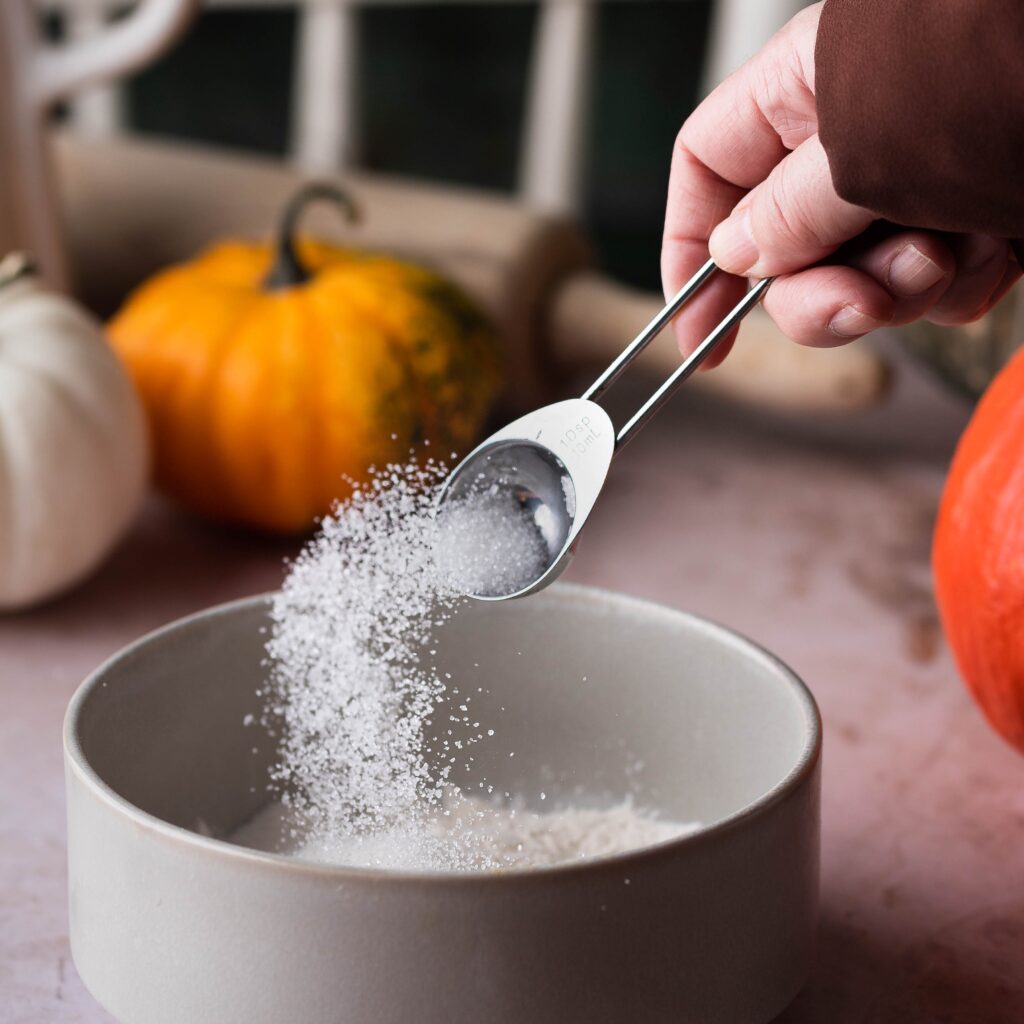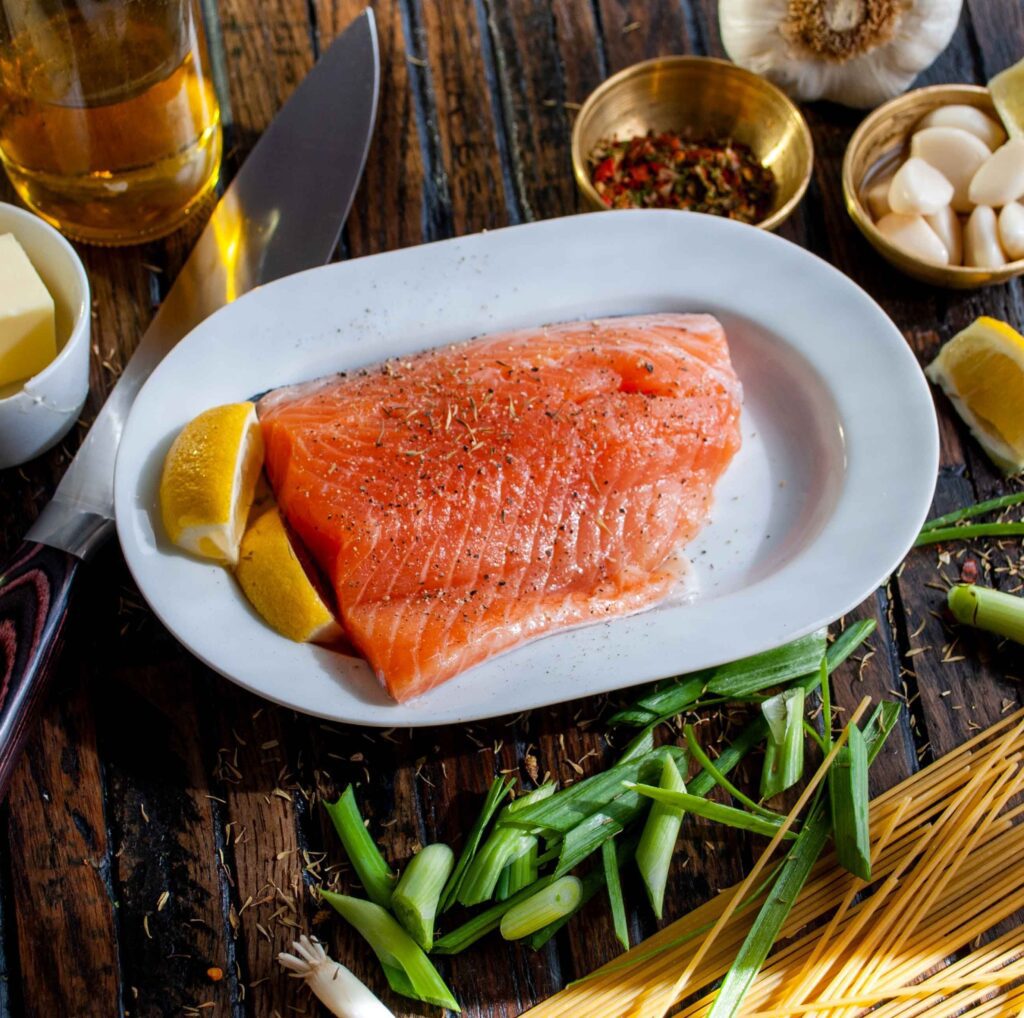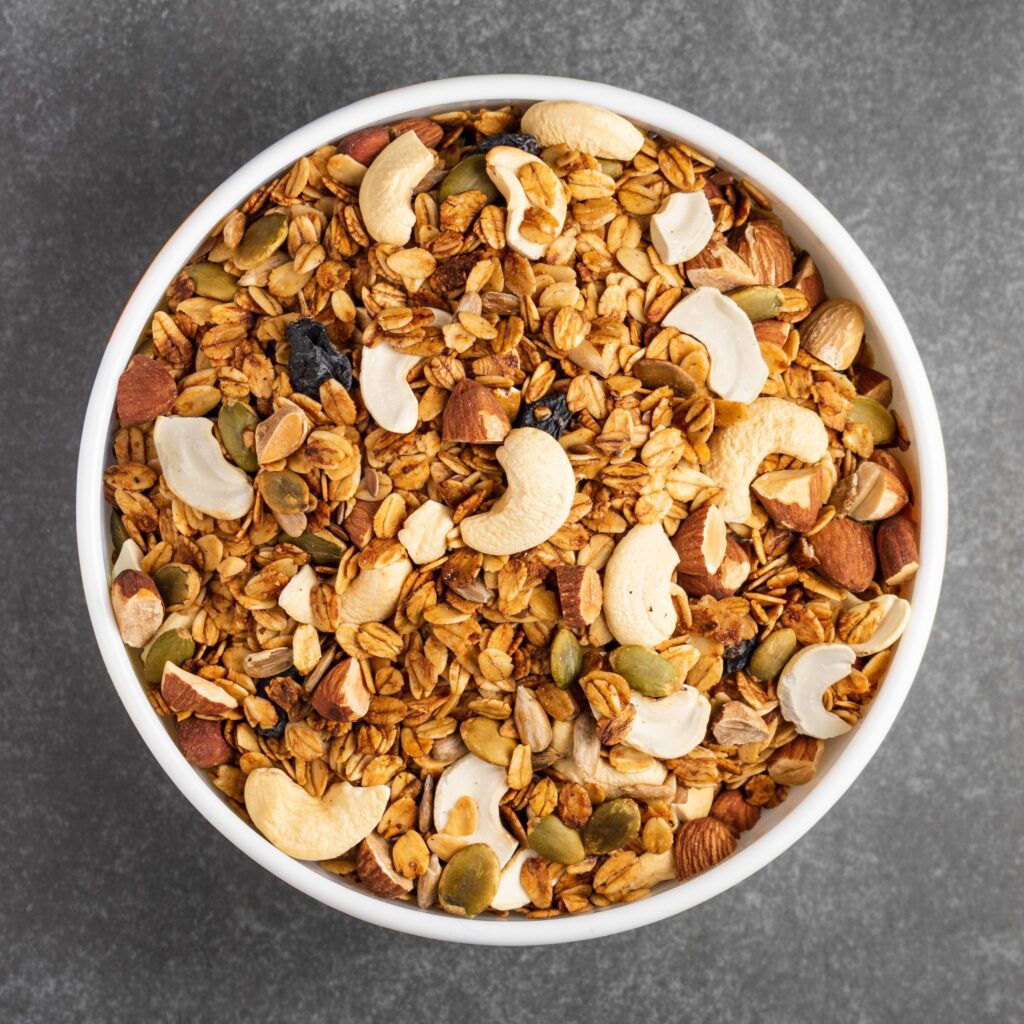Decoding Labels: A Closer Look at “Healthy” Swaps for Holiday Cooking

In the world of nutrition, reading food labels has become an essential skill. Whether you’re aiming for lower sodium, reduced fat, or a sugar-conscious approach, deciphering labels can be the key to making informed and health-conscious choices. As we gear up for holiday entertaining, where dietary preferences and restrictions often come into play, it’s crucial to understand that not all labels tell the full story. Let’s embark on a journey of label literacy and uncover the nuances that can make a significant difference in our quest for healthier holiday meals.
The Low-Down on Low Sodium:
One common misconception is assuming that “low sodium” automatically translates to a healthier option. While it might mean reduced sodium compared to the standard version of a product, the absolute sodium content can still be surprisingly high. It’s vital to check the actual milligrams per serving and compare it to your daily recommended intake, especially if you or your guests are watching sodium intake for health reasons.
Also, not all brands are equal when it comes to the “Low Sodium” package labeling. For instance, Swanson’s 33% Less Sodium Chicken Broth contains 570mg of sodium per serving (which is less than their standard product), however a better choice is Pacific Foods or Simple Truth Organic versions which have 20mg and 140mg of sodium per serving, respectively.
Soy sauce and tamari are other products notorious for high sodium content where label comparisons are a must!


Navigating the Low-Fat Maze:
Similarly, the label “low fat” doesn’t always equate to a healthier choice. Many low-fat products compensate for reduced fat content by adding sugars or other additives to enhance flavor. Plus, certain fats, like those found in avocados or nuts, are integral to a balanced diet. Opting for whole, nutrient-dense foods often proves to be a more holistic approach than fixating solely on the fat content displayed on the label.
The Sweet Story of “No Sugar Added”:
“No sugar added” is a label that requires particular attention, especially during the holiday season when sweet treats abound. While this claim may signify the absence of refined sugars, it doesn’t mean the product is devoid of sweetness. It’s vital to check the actual milligrams per serving and compare it to your daily recommended intake, especially if you or your guests are watching sodium intake for health reasons. Natural sugars from sources like fruits or dairy can still contribute to the overall sugar content. For those with diabetes or aiming to manage their sugar intake, understanding the different types of sugars in a product becomes crucial. Many products substitute sugar alcohols for cane sugar, which can lead to an unpleasant taste or aftertaste for more sensitive palates.


Unraveling the Fiber Fabrication:
Fiber is a key component of a healthy diet, but the label “high in fiber” can sometimes be misleading. Some products boast added fiber, often in the form of isolated fibers like inulin or chicory root extract. While these can contribute to the total fiber count, they may not offer the same health benefits as naturally occurring fiber in whole foods like fruits, vegetables, and whole grains.
The Allergen Angle:
As we prepare to host gatherings with diverse diets, sensitivities, and allergies, scrutinizing labels becomes paramount. The Food Allergen Labeling and Consumer Protection Act (FALCPA) mandates that the top eight allergens—milk, eggs, peanuts, tree nuts, fish, shellfish, soy, and wheat—be clearly identified on food labels. Ensuring your holiday spread is not only delicious but safe for all guests involves diligent label reading to prevent unintentional exposure to allergens.

Label Literacy in Action:
So, how can you put label literacy into practice during your holiday cooking escapades? Here are a few practical tips:
-
Examine Serving Sizes: Sometimes, the nutritional information is based on a smaller serving size than you might typically consume. Be mindful of this when assessing the overall nutritional content.
-
Compare Brands: Different brands may have varying formulations, so comparing labels can help you make the best choice for your dietary goals.
-
Consider the Whole Picture: Rather than fixating on one aspect like fat or sugar, consider the overall nutritional profile of a product. A balanced approach often yields better results.
-
Seek Whole Foods: Whenever possible, opt for whole, minimally processed foods. They are often naturally lower in sodium, added sugars, and unhealthy fats.
-
Understand Terminology: Familiarize yourself with common terms like “organic,” “natural,” and “non-GMO” to better understand the overall quality of a product.
This holiday season, empower yourself with label literacy as you embark on culinary adventures. By understanding the nuances behind nutrition labels, you’ll be equipped to make thoughtful choices that cater to various dietary needs without compromising on flavor or festivity. Cheers to a season of delicious and health-conscious celebrations!

